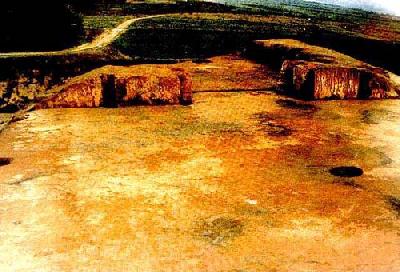| Art Q&A > Architecture |
|
|
Three Stages of China's Architecture History
Traditional Chinese architecture is based mainly on Han architecture, comprising roughly 15 types such as city, palace, temple, mausoleum, monastery, Buddhist pagoda, grottoes, garden, government office, folk public building, landscape, tower and pavilion, imperial palace, residential house, great wall and bridge. In the long process of development, China's architecture has consistently kept intact the basic character of the system. The history of architectural development can be divided into several major stages:
The period from Wei and Jin through to Sui, Tang and Song dynasties (220-1279) were a stage of maturity. The achievements of the Tang (618-907) and Song (960-1279) dynasties were even more brilliant, representing the second high tide, which can be regarded as the summit of Chinese architecture.
The period from the Yuan to Ming and Qing dynasties (1271-1911) were the enrichment and summary stage and the period from the Ming (1368-1644) to early Qing Dynasty (1644-1840) was the third high tide of development.
It can be seen that each upsurge was correspondingly accompanied by the unification of the country, long-term stability, radical cultural exchanges and other social backgrounds. For example, the unification of the Qin and Han dynasties accelerated exchanges between the Central Plain culture and the Chu and Yue cultures. The unification of Sui and Tang dynasties increased the cultural exchanges between China and other Asian countries, as well as between north and south China; the unification of Ming and Qing dynasties strengthened exchanges among various Chinese nationalities and began the exchange of Chinese and Western architectural cultures.
It can be said that unification, stability, economic prosperity, enhancement of national strength and cultural exchange are the internal opportunities for the development of architectural art.
|
||||||
All rights reserved. Reproduction of text for non-commercial purposes is permitted provided that both the source and author are acknowledged and a notifying email is sent to us. |
||||||
 |

